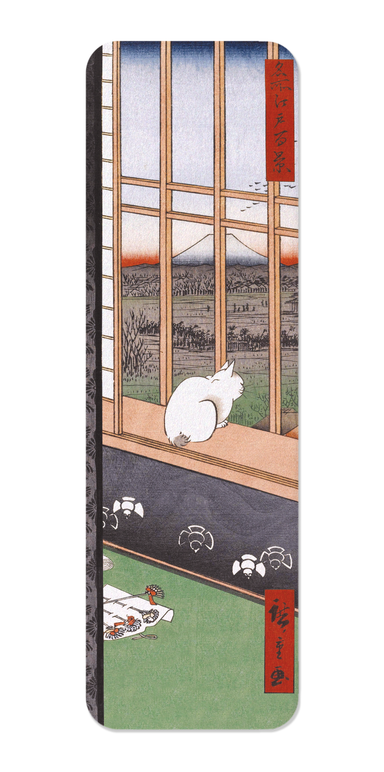Bookmark

BOOK READING EZEN FROG: Bookmark
Login to view pricing
Text on the reverse side: A contemporary book reading adaptation of a Japanese woodblock print from 1814. The Japanese word for frog is “kaeru”, w...
View full details



































